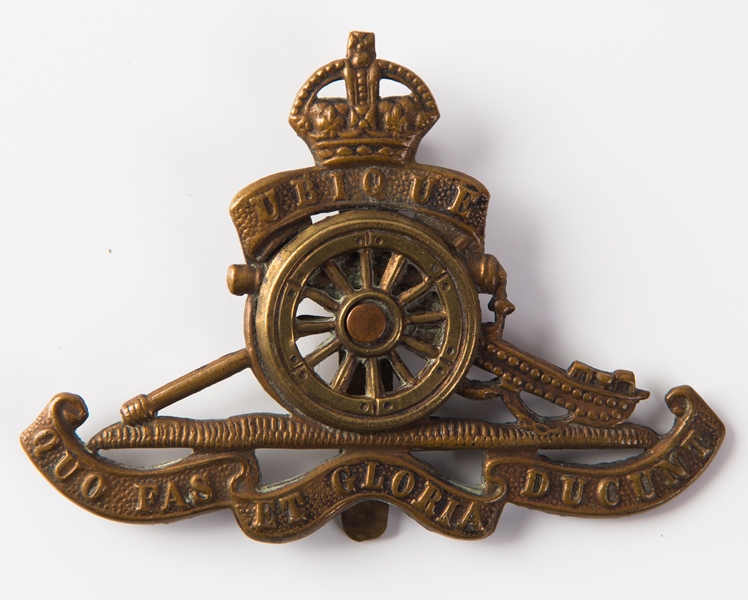Personal Details
Born: 21 April 1897 in Tilstock, Shropshire.
Family: He was the fourth of six children born to Arthur Horton, a bricklayer, and his wife Mary Hannah. He married Mary Elizabeth May Giles in 1936 in Wallasey, Cheshire and together they had two children – Geoffrey E and John.
Residence: In 1897 he lived with his family in Hollins Lane, Tilstock, Whitchurch, Shropshire; by 1901 they had moved to 44 Hawthorn Grove, Poulton cum Seacombe, Birkenhead, Cheshire. In 1911 they were living at 5 Church Crescent, Seacombe, Wallasey, Cheshire. In 1939 he was living at 39 Mostyn Street, Wallasey.
Employment: In 1916 he was an apprentice painter; in 1939 he was a brass filer and grate fixer.
Died: In 1956, aged 59, in Wallasey.
Military Details
Regiment: Royal Garrison Artillery
Rank: Gunner
Service Number: 79799
Date of Enlistment: 25 February 1916
Date of Discharge: 1 March 1919
Reason for Discharge: Demobilisation
Other Information: Brother to William Horton who was killed in action on 25 April 1917.
John was awarded the Campaign Medals (British War Medal and Victory Medal)

The British War Medal (also known as 'Squeak') was a silver or bronze medal awarded to officers and men of the British and Imperial Forces who either entered a theatre of war or entered service overseas between 5th August 1914 and 11th November 1918 inclusive. This was later extended to services in Russia, Siberia and some other areas in 1919 and 1920. Approximately 6.5 million British War Medals were issued. Approximately 6.4 million of these were the silver versions of this medal. Around 110,000 of a bronze version were issued mainly to Chinese, Maltese and Indian Labour Corps. The front (obv or obverse) of the medal depicts the head of George V. The recipient's service number, rank, name and unit was impressed on the rim.
The Allied Victory Medal (also known as 'Wilfred') was issued by each of the allies. It was decided that each of the allies should each issue their own bronze victory medal with a similar design, similar equivalent wording and identical ribbon. The British medal was designed by W. McMillan. The front depicts a winged classical figure representing victory. Approximately 5.7 million victory medals were issued. Interestingly, eligibility for this medal was more restrictive and not everyone who received the British War Medal ('Squeak') also received the Victory Medal ('Wilfred'). However, in general, all recipients of 'Wilfred' also received 'Squeak' and all recipients of The 1914 Star or The 1914/1915 Star (also known as 'Pip') also received both 'Squeak' and 'Wilfred'. The recipient's service number, rank, name and unit was impressed on the rim.

